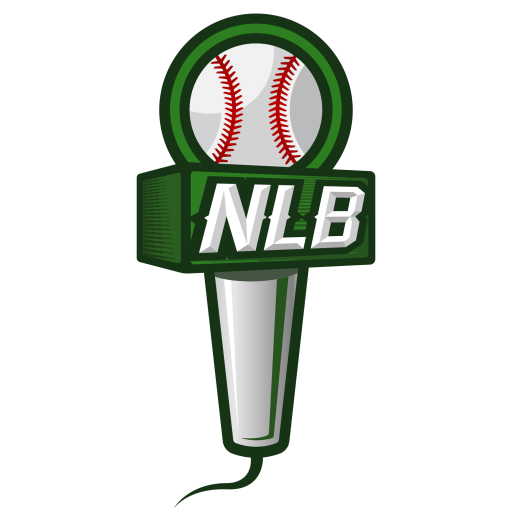Today in our Clubhouse Convos we have Matt Joyce, right fielder for the Tampa Bay Rays. We appreciate Matt taking the time to sit down with Next Level Ballplayer to talk about: dealing with criticism, playing the game the right way, hitting to the opposite field, his mental approach on game day from locker room to batter’s box, the best part of playing professional baseball and more.
High School: Armwood (Seffner, FL)
College: Florida Southern College (D II)
Drafted: 12th Round by Detroit Tigers in 2005
MLB Debut: 5/5/2008
What is the best baseball related lesson you learned early on that’s led to your success over the years?
Not to listen to other people’s criticism. A lot of people are going to doubt and criticize what you do, but you have to block everything out and just play the game hard and play it the right way.
How would you define “playing the game the right way?”
Respecting your teammates and coaches. Putting in the hard work it takes to improve as a player. On the field it looks like running out every ground ball, thinking ahead while on defense, knowing the situation when you come to bat and being prepared not just physically, but mentally as well. It’s all about putting in the hours in the cage and doing what’s necessary to fully prepare yourself for the game.
What was the hardest adjustment for you to make when you got to professional baseball?
I’m still adjusting. You have to make adjustments, every time you move up a level. The hardest part for me coming up was that I had always been taught to pull the ball. The hardest adjustment for me has been learning to hit the ball the other way. That’s huge because if you aren’t able to hit the ball the other way, you aren’t going to be able to hit the off speed stuff. Especially at the big league level. It’s still a process and something that I’m getting better at.
What is one weakness you are working on?
Hitting the ball the other way, just like I said before. You work on your weaknesses, but at the same time, you got to stick to your strengths in baseball. My strength is hitting a fastball, so I’m going to look to hit fastballs. If they are going to throw me a first pitch curveball, I’m probably going to take it.
What have you specifically done to improve on hitting the ball the other way?
Everything. Short toss, soft toss, tee work, batting practice, everything. It’s just a matter of taking swings with a purpose and being committed to getting better.
Toughest Pitcher you’ve faced?
I’d have to say Ervin Santana. I believe it was ’08 when he was throwing 98-99 with a 90mph slider. I faced him eight times and struck out in my first seven Abs. The last time I faced him I popped out to the catcher and was like, “Yes!!! Thank you for making contact.” He was flat out nasty, just unbelievable. In ’10 we faced him again, but this time he wasn’t throwing as hard and I was 2-3 with a HR and a 2B. It just goes to show that you have to stick with it sometimes.
What’s been the best part about making it to the big leagues?
I’d have to say the fans. Especially being born in Tampa, and playing for the Rays. It’s been an unreal experience. I don’t think you could write my story any better. I’ve been able to have a little bit of success here and the fans have been behind me. It’s an awesome feeling.
Mental part of Baseball:
How would you describe your mindset on a gameday?
Everything is a preparation for the game. It almost looks like a funnel tube. The closer you get to the game, the more narrow your focus becomes. It moves into a point like a narrow hallway.
What is your mindset in the following places?
During the National Anthem: I start focusing on the game and concentrating on what I’m going to be doing for the next 3 hours or so. It’s a time to mentally get ready for competition.
On deck circle: Just getting closer to the tunnel. That’s that narrow hallway, close to the tunnel vision that happens in the batters box. I go through my routine that gets me mentally prepared for the batter’s box.
What is your on deck circle routine?
For me that routine means I do a certain amount of swings a certain way and try to get a feeling I like. Then I turn my attention to the pitcher and try to pick up his release point and try to get my timing down.
In the batter’s box: In the box, it’s in and out. You go into the tunnel vision and focus on your approach- what you’re looking for and what you’re trying to do. After the pitch, no matter what happens, I step out, release everything and then enter back into tunnel vision as I step back into the box.
What advice would you give to ballplayers out there who want to take their game to the next level?
I’d say to have fun. It’s a really hard game with a lot of failure involved. A lot of kids coming up, don’t experience much failure at the lower levels of baseball. I did. I was never the super star kid that blew everyone away but I was always in the top 3-4 hitters on my team. Failure can just be hard to deal with. It’s important to keep your confidence high, believe in yourself, and put the work in before hand to prepare you for the game situations.



